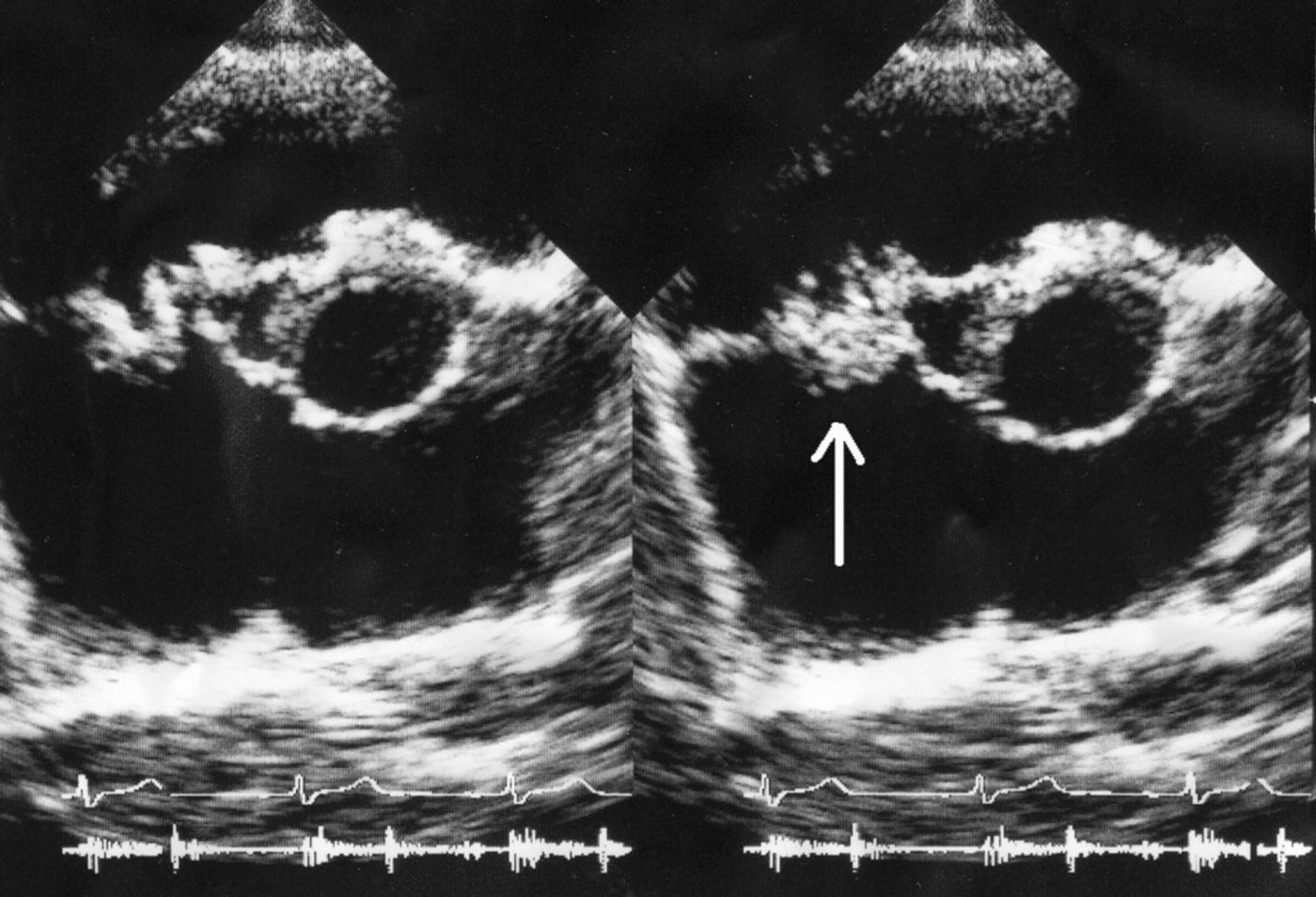Molecular "Catch-Clamp" Mechanism Explains Infective Endocarditis
A giant x-ray microscope from the UK national synchrotron facility revealed the structure and dynamics of a protein called CshA, which is apparently involved in the progression of infective endocarditis. This is a potentially fatal bacterial disease that occurs when bacteria invade the bloodstream.
The human mouth can handle a lot of bacteria, acting as a reservoir for healthy microbes that live peacefully in the mouth. But outside the mouth, the same bacterial species that co-exist harmlessly can cause dangerous diseases in the body, like endocarditis.
A new study from University of Bristol scientists was prompted by previous research that identified CshA as responsible for binding the bacterium Streptococcus gordonii to the surface of human heart cells. Researchers describe the interaction as a “molecular lasso.”
"What our work has revealed is a completely new mechanism by which S. gordonii and related bacteria are able to bind to human tissues,” explained lead author Dr. Catherine Back. “We have named this the 'catch-clamp' mechanism." University of Bristol researchers estimate that there are over two thousand cases and growing of infective endocarditis in the UK annually.
The mechanism works like this. The particularly flexible terminal end of CshA acts as the lasso, connecting CshA with a protein called fibronectin, a component of the extracellular matrix (ECM). This is a structural network that enables cells to connect with one another. Another portion of CshA then binds to fibronectin tightly, successfully anchoring S. gordonii to the host cell surface.
"What is particularly exciting about this work is that it opens up new possibilities for designing molecules that inhibit either the 'catch' or the 'clamp' steps in this process, or potentially both,” explained co-researcher Dr. Paul Race. “The latter possibility is particularly intriguing, as bacteria are generally less likely to become resistant to agents that target multiple steps in an infective process."
When bacteria from the mouth enter the bloodstream and cause infective endocarditis, they can travel to the lining of the heart and cause unwanted blood clots to form on heart valves. Without treatment, endocarditis is fatal, but even with treatment the disease has a relatively high mortality rate.
"With the molecular level insight that our study provides, it is now a realistic possibility that we can begin to develop anti-adhesive agents that target disease-causing Streptococcus and related bacteria,” said study co-leader Dr. Angela Nobbs.
The present study was published in the Journal of Biological Chemistry.
Sources: American Heart Association, Theoretical and Computational Biophysics Group, University of Bristol









